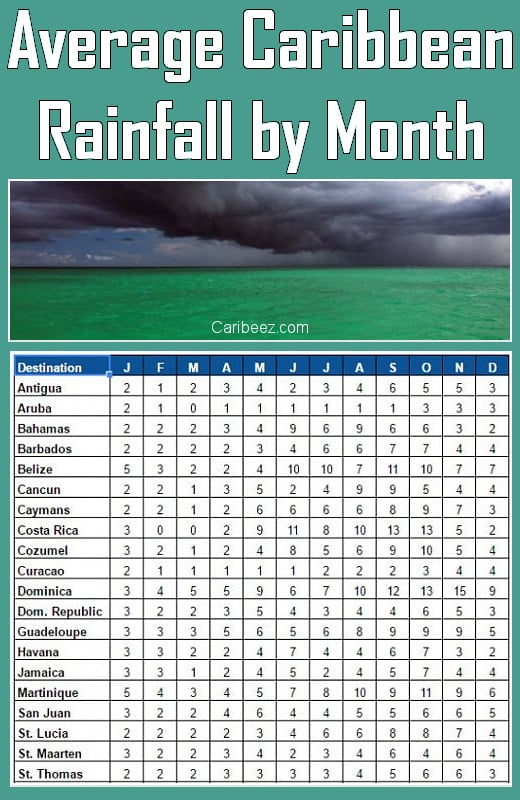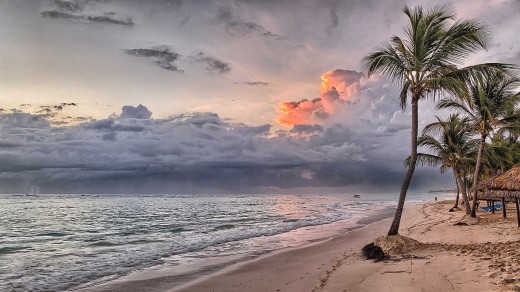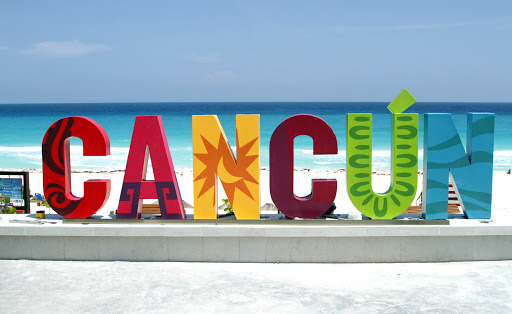Successful Travelling Begins with a Passport
~ Passport information update ~
The Department of State has issued updated passport guidance in response to the COVID-19 pandemic. In accordance with new safety guidelines, the Postal Service has made changes to its passport application process.
Beginning March 25, 2020, the Postal Service will conduct all passport application services by appointment only. You can use a computer or mobile device to go to usps.com/scheduler to make appointments.
Passport fairs will resume only after it is safe to do so.
Make your passport the first of your travel check-off list
To help you prepare for your international traveling any time of year, here are some passport application tips that are spot-on for happy adventurers. You can access passport information on our Passport Page on USPS.com®.
The Postal Service™ has operated as an agent for the U.S. Department of State to process passport applications since the 1970s.
The Postal Service is currently expanding offsite availability of its passport acceptance services and extending appointment hours across the country. You can see a list of passport offices throughout the country at the Department of State Travel Newsroom.
In 2007, more than 18.3 million passports were issued. The Postal Service accepted applications for more than half — 9.8 million. Those passports expired in 2017, creating a surge in passport applications and renewals.
In addition, the Western Hemisphere Travel Initiative (enacted in 2009 that requires a passport or passport card when entering the United States from Canada, Mexico, Bermuda and other countries of the Caribbean by land and sea) has added to the surge.
Preparing to travel out of the country
First, as you make your foreign travel plans, don’t forget to check your passport’s expiration date. It should be valid for at least six months after you return home and needs to have two or more blank pages. Also, be sure to check your family’s passports.
The passport application process can take several weeks, so it’s important to apply for your first-time or renewal passport as soon as you know you and your family will need them. You can check the current approximate processing time on the State Department’s Travel website.
The good news is the Postal Service has 4,800 passport acceptance facilities around the country that can accept first-time passport applications on behalf of the U.S. Department of State. It’s easy to find one by using the USPS™Locator for a list of Post Office™ locations near you that process passports.
Gearing up for future travel and in need of a passport? The Postal Service will be here to help by offering the convenience of passport application and renewal at passport fairs, once it is safe to do so. New fairs will be listed regularly so be sure to visit the USPS press release page and click on your state. During the fairs, appointments are not required. Customers are encouraged to arrive early, as applicants will be served on a first-come, first-served basis until the applicant maximum capacity has been reached.
USPS processes first-time passport applications and passport renewal applications for those not eligible to renew by mail. See ‘How do I renew my passport?’ in the FAQs listed below for information on renewal by mail.

What’s New?
Passport Execution Fee Effective
The Department of State passport execution fee for submitting your passport application to a passport acceptance agent (a United States Post Office, state or local government or State Department official) for verification and review is $35. For more information, see details at the Department of State .
Applying for a Passport is Just a Few Clicks Away
There are a total of 4,800 Post Offices around the country that offer passport acceptance service. Of these, more than 3,100 offer appointments via telephone, and these select offices now offer the ability to schedule appointments through the online Retail Customer Appointment Scheduler™ (RCAS™) tool.
Be Timely
Current applications for the first-time at acceptance facilities throughout the country, routine passport processing is estimated to take between 4 to 6 weeks.
We encourage adult applicants to apply well in advance of travel plans as we anticipate longer than average wait times for passport processing over the coming months. First time applicants are encouraged to apply at the nearest acceptance facility.
Acceptance facilities do not accept renewal applications, so adult renewal applicants should mail in their application.
Take a new photo
There are new guidelines for passport photos. If you want to renew your passport and your existing photo shows you wearing eyeglasses, you will need to take a new passport photo without them. At some Passport Acceptance Facilities, photos can be taken for an additional fee.
Passport Video
Please see our video on USPS TV for a short presentation with some helpful passport tips. The tips include how early to apply for a passport, where to locate a USPS office for assistance, how long a passport is valid, expiration requirements, application requirements, and other important information to ensure your passport is ready for travel.
For more than 40 years, passport acceptance has continued to provide a convenient service for customers as well as a revenue stream for the Postal Service. The Postal Service is proud to work with the Department of State to provide customers with such a convenient way to apply for their passports.
Frequently Asked Questions
We want to ensure your passport application process goes smoothly and that you have the resources you need to begin your travel planning. Here are some common questions USPS passport acceptance clerks are often asked regarding passports.
Q: How do I apply for a first-time passport?
First-time passport applications must be submitted in-person at a passport acceptance facility (e.g., U.S. Post Office).
Here’s what you’ll need to do at a Post Office facility:
Complete Form DS-11: Application for A U.S. Passport
Submit evidence of U.S. citizenship
Present state-issued identification
Submit a photocopy of the identification document
Pay the applicable fee
Provide one passport photo
At some locations, you can have your passport photo taken on-site for an additional fee.
Q: Can I renew my passport at the passport acceptance facility?
No. First time applicants are encouraged to apply at the nearest acceptance facility. Acceptance facilities do not accept renewal applications, so adult renewal applicants should mail in their application.
Q: How do I renew my passport?
You can apply for a passport renewal by mail if the following apply to your passport:
Undamaged and able to be mailed with your application;
Was issued when you were age 16 or older
Was issued within the last 15 years; and
Was issued in your current name or you can legally document your name change with original or certified copy of your marriage certificate or the government-issued document evidencing your legal name change.
If you meet the above criteria for a mail-in renewal request:
Complete Form DS-82: Application For A U.S. Passport by Mail
Include your most recent U.S. passport book and/or card
Include a certified copy of your marriage certificate or court order if your name has changed
Pay the applicable fee
Provide one passport photo
Mail your application to the address on the form
If none of the above passport criteria apply, then you need to apply in-person. See the USPS Locator for a list of Post Office locations that process passports.
See more information about passport renewals here: https://travel.state.gov/content/passports/en/passports/renew.html
Q: I’m not currently in the United States, how do I apply for a U.S. passport?
See here to apply for a U.S. passport while outside of the United States: https://travel.state.gov/content/passports/en/passports/applying-for-a-u-s–passport-from-outside-the-united-states.html
Q: I’m traveling in two weeks and need my passport renewed. What are my options?
If you have urgent travel needs (within two weeks), make an appointment at your nearest passport agency by visiting Travel.State.Gov or call our National Passport Information Center at 1-877-487-2778.
Q: How long does it take to get my passport?
Passport processing takes between 6 to 8 weeks, however, if you choose an expedited service*, you can receive a faster processing time.
See here for expedited passport application information:
https://travel.state.gov/content/passports/en/passports/services/expedited.html
There is a $60 fee for expedited requests.
Q: Where do I find general passport information?
Information, a list of fees and instructions how to apply for a U.S. passport is available at https://travel.state.gov/content/travel/en/traveladvisories/traveladvisories.html/. U.S. citizens may also obtain passport information by phone, in English and Spanish, by calling the National Passport Information Center at 1-877-487-2778.
Or you can always stop in at your local Post Office and ask us in person, we’re happy to help.
Finally we would like to wish you and yours happy travels this year wherever your journey takes you.
Bon Voyage – Aloha – Cheerio – Farewell – Adios!
Shared from:
https://uspsblog.com/usps-passport-tips/




















